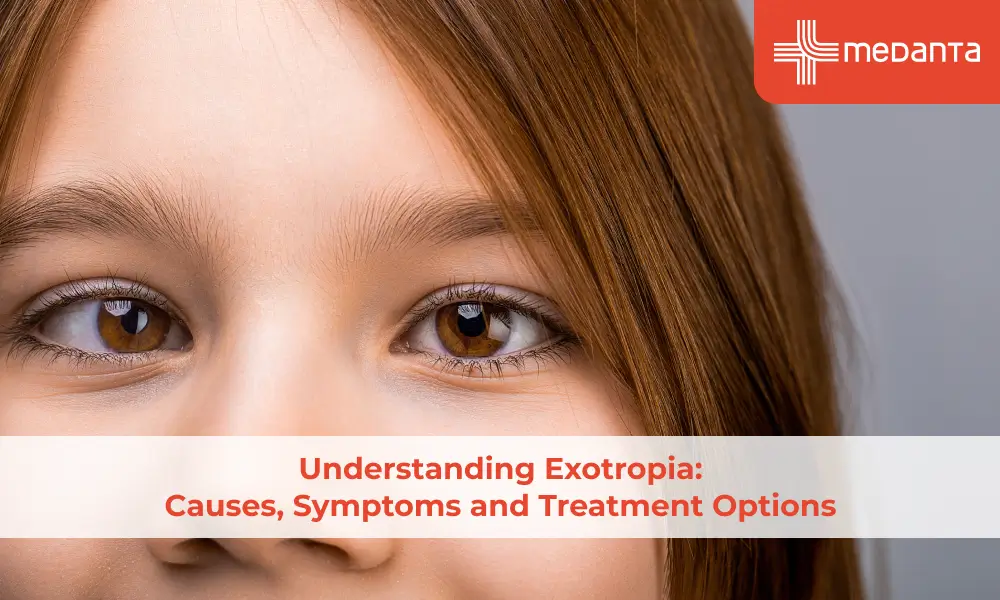CEREBRAL PALSY - A life of possibilities with holistic treatment.
Introduction
Many people are unaware of cerebral palsy disorder and are often confused with seizure or paralysis. It is a form of paralysis but has distinct causes and symptoms from actual paralysis.
Some people delay the treatment, while some hesitate. Since it is a disorder that can be observed in the early stage of the life of any individual. In most cases, regular therapy at the earliest is efficient for curing the child with cerebral palsy. Before we dive into the treatment, let's first understand what cerebral Palsy is.
What is Cerebral Palsy?
Cerebral Palsy is derived from the Latin words cerebrum (brain) and Palsy (weakness or paralysis). It describes a group of neurological disorders that affect movement, muscle control, and posture.
Cerebral Palsy (CP) is a neurological disorder that affects muscle coordination, movement, and posture. It is the most common motor disability in childhood, affecting 500,000 children and adults in the United States. Cerebral Palsy is a non-progressive disorder, meaning that the damage to the brain does not worsen over time. However, the effects of CP can change over time as the individual grows and develops.
It is important to remember that every individual with CP is unique. Each person experiences the disorder differently, and it is important to work with a healthcare team to develop an individualized treatment plan.
Types of Cerebral Palsy
- Spastic cerebral Palsy: This is the most common type of cerebral Palsy; in this disorder, the muscles spastic diplegia e.i, muscles get tight and stiff and are difficult to control.
- Ataxic cerebral Palsy: This type of cerebral Palsy affects balance and coordination, making it difficult for the person to move or walk.
- Athetoid cerebral Palsy: This type of cerebral palsy causes slow, writhing movements that are often uncontrolled.
- Mixed cerebral Palsy: This type combines the other three types.
Causes of Cerebral Palsy
Cerebral Palsy is caused due to abnormal brain development which can occur before, during, or shortly after birth. It can range from mild to severe and can affect different body parts. Various factors that can cause cerebral palsy are:
- Birth trauma or injury
- Lack of oxygen during birth
- Severe jaundice
- Inherited conditions or genetic syndromes
- Prematurity or low birth weight
- Hyperbilirubinemia (too much bilirubin in the blood)
- Abnormal development of the brain
- Infections during pregnancy or shortly after birth, such as meningitis or encephalitis
- Exposure to certain drugs, toxins, or viruses during pregnancy
Symptoms of Cerebral Palsy
Symptoms of Cerebral Palsy are sometimes unpredictable. It can vary depending on the individual and the specific area of the brain which is affected. Some of the common symptoms of cerebral palsy are listed below:
- Abnormal posture
- Speech and language delays
- Poor coordination
- Vision or hearing problems
- Muscle diplegia
- Abnormal gait
- Uncontrolled movements
- Difficulty in eating and swallowing
- Exaggerated reflexes
- Excessive drooling
- Poor balance and coordination
- Seizures
- Intellectual and developmental delays
These symptoms can range from mild to severe and can appear in early childhood days. These symptoms can change over time and it's not necessary that all individuals with cerebral palsy will have all of these symptoms.
Treatment for Cerebral Palsy
Treatment for cerebral Palsy depends on the individual's needs. Some of the treatments for cerebral Palsy are:
- Physical therapy
- Occupational therapy
- Speech-language therapy
- Regular medications.
- Orthopedic surgery
- Bracing
- Assistive devices such as wheelchairs, walkers, and communication aids.
- Special education services.
The above treatment is tailored to the individual and focuses on helping people with cerebral palsy to reach their full potential. Physical, occupational, and speech therapy can help individuals improve their motor skills, muscle strength, and communication abilities. Medications, surgery, and assistive devices can also address specific symptoms. However, several patients may require a combination of the treatments mentioned above.
Along with Medical treatment, many lifestyle changes can help individuals with CP manage their symptoms. Eating a balanced diet, exercising regularly, and getting adequate rest can all help improve physical functioning.
Regular social and mental stimulation can improve communication and other cognitive abilities.
Children with mild to moderate forms of cerebral Palsy can live independently as adults, even when they have disabilities. The key is to remember that their learning is delayed, not impossible. And ensure they get holistic treatment under the supervision of a specialist.
Some of the complementary or alternative therapy for cerebral palsy include:
- Acupuncture: Acupuncture is a type of complementary therapy that involves the insertion of needles into specific points of the body to help reduce pain, improve function, and promote relaxation.
- Hippotherapy: Hippotherapy includes physical, occupational, and speech therapy that uses horseback riding as a treatment. It helps improve balance, coordination, posture, and motor control.
- Aquatic therapy: Aquatic therapy uses the properties of water to improve the physical abilities and functioning of individuals with cerebral palsy.
- Music therapy: Music therapy includes the therapeutic use of music to help individuals with cerebral palsy gain better control over their bodies and improve communication skills.
Conclusion
People with Cerebral Palsy may have difficulty walking, speaking, using their arms and hands, and completing everyday activities. Depending on the severity of the disorder, some individuals may require treatment.
Caring for an individual with Cerebral Palsy can be challenging, but there is support available at Medanta. Cerebral Palsy is a complex disorder that affects each individual differently. With proper medical care, lifestyle changes, and support, individuals with Cerebral Palsy can lead happy, fulfilling lives.






